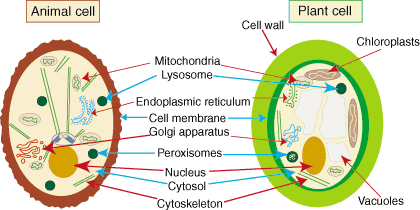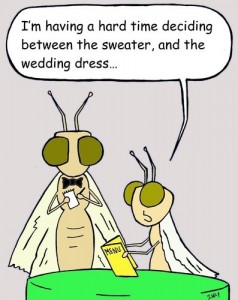I found this great comparison image on plant and animal cells but I hope you didn’t come to this blog on rugs, carpets and tapestries expecting a scholarly discourse on the chemical and physical composition of animal and plant fibers–’cause you ain’t gonna get one. I just like to “feel the fiber,” so to speak. In other words, what I want to talk about is how the differences between animal and plant fibers affect the finished rug, carpet or tapestry. If this image is of use to you, gentle reader, all the better.
For example questions like, which fiber makes for a stronger carpet, animal or plant? Or, if you have moths in your house which fabric will they go after?
The answers to such deep, probing questions can all be found in this chart from a cool book I got for Father’s Day, The Fleece and Fiber Sourcebook,by Deborah Robson and Carol Ekarius
For the sake of classification, Animal fibers are referred to as protein and include wool, fur or hair, and secretions like silk and spider silk. Recently I watched a documentary where spider genes were introduced into goats and resulted in silk secretions from the goats in their milk.
Plant fibers are called cellulose and include those from cotton, flax, hemp, sisal, coconut and surprisingly–at least to me–nettle.
A look at the chart tells us that moths prefer animal fibers which according to the chart are not as strong as plant fibers. Two good reasons rope was generally made from plant fibers like hemp rather than wool or cotton…
On the plus side of the ledger for animal fibers in rugs, animal fibers make better insulators, are more fire resistant and hold up better to wear



Leave a Reply